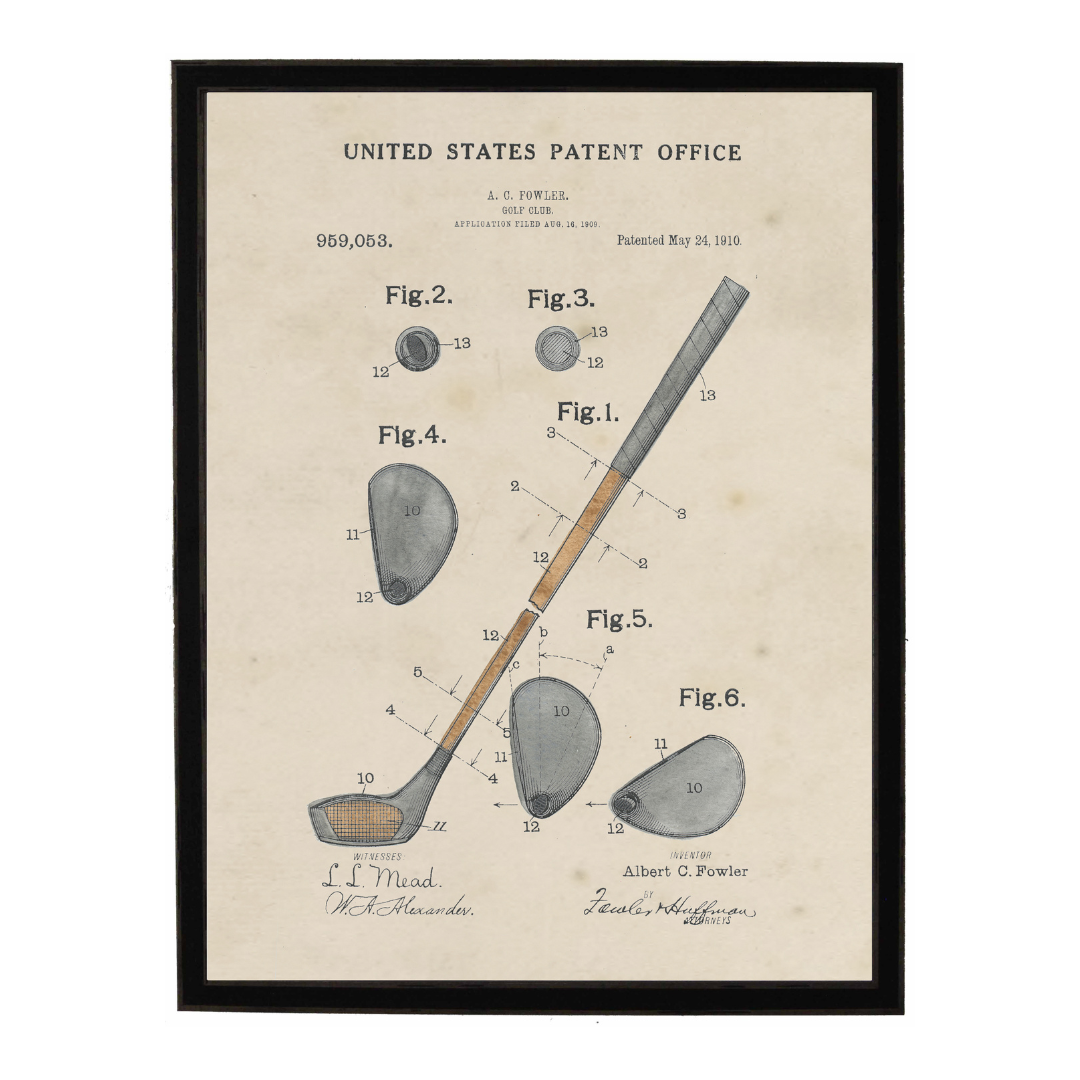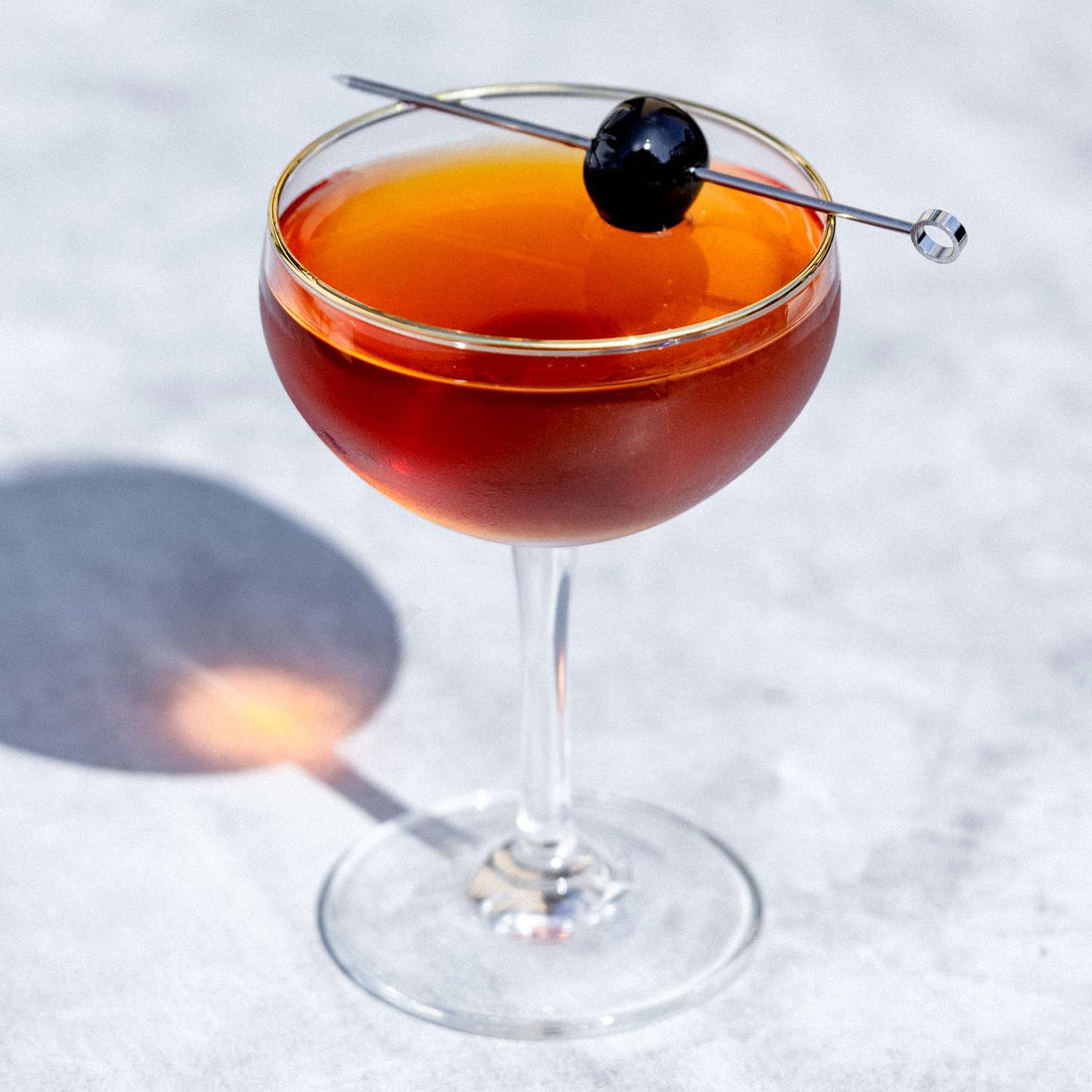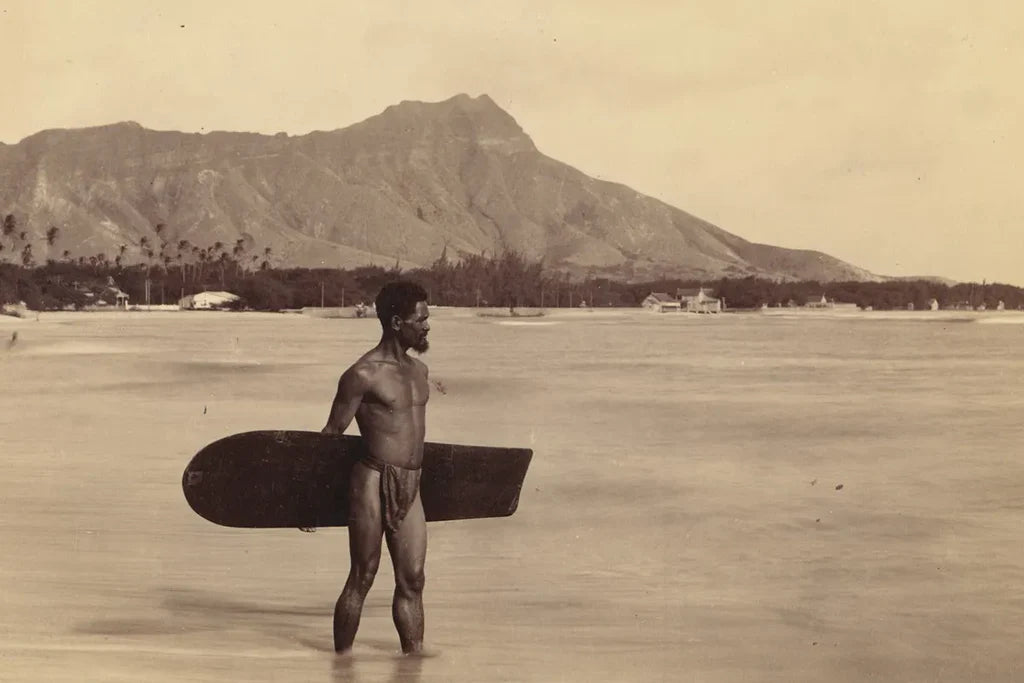When golf originated in Scotland in the 15th century, players used primitive equipment. Most players carved their own clubs and balls out of wood. As the game became more competitive and popular, players turned to skilled craftsman for their equipment.

The earliest reference to custom made clubs dates back to 1502 when King James IV of Scotland commissioned a bow-maker in Perth to make him a set.
A set at the time consisted of “play clubs” for driving, fairway clubs (similar to today’s hybrids) for medium range shots, “spoons” for short range shots, “niblicks” (similar to today’s wedges), and a putting “cleek.”

Club heads were made from tough wood - beech, holly, pear or apple - whole shafts were made of more flexible materials - ash or hazel. The head was bound to the shaft of the club using tightly secured lather straps. Clubs were a labor intensive product to manufacture, making them an expensive item outside of the reach of the masses.
Blacksmiths experimented with steel shafts as early as the 1890s, but the R&A (Royal & Ancient Golf Club of St. Andrews) didn’t legalize them until 1929. Billy Burke was the first to win a US Open with steel shafted clubs in 1931. His win thrust steel clubs into general popularity.
Over time, clubs have become less expensive to manufacture, making them more accessible to masses and propelling the sport into widespread popularity. Over the past 50 years, clubs have gotten lighter and stronger with innovative steel and graphite material.

In 1910, long before steel clubs rose to popularity, Albert Fowler of St. Louis, Missouri filed a patent for a wood golf club. His patent design claimed to improve the range for long distance clubs - drivers, spoons, and cleeks - through an oval shaft design. This is Albert Fowler’s only known patent.
Check out the patent






